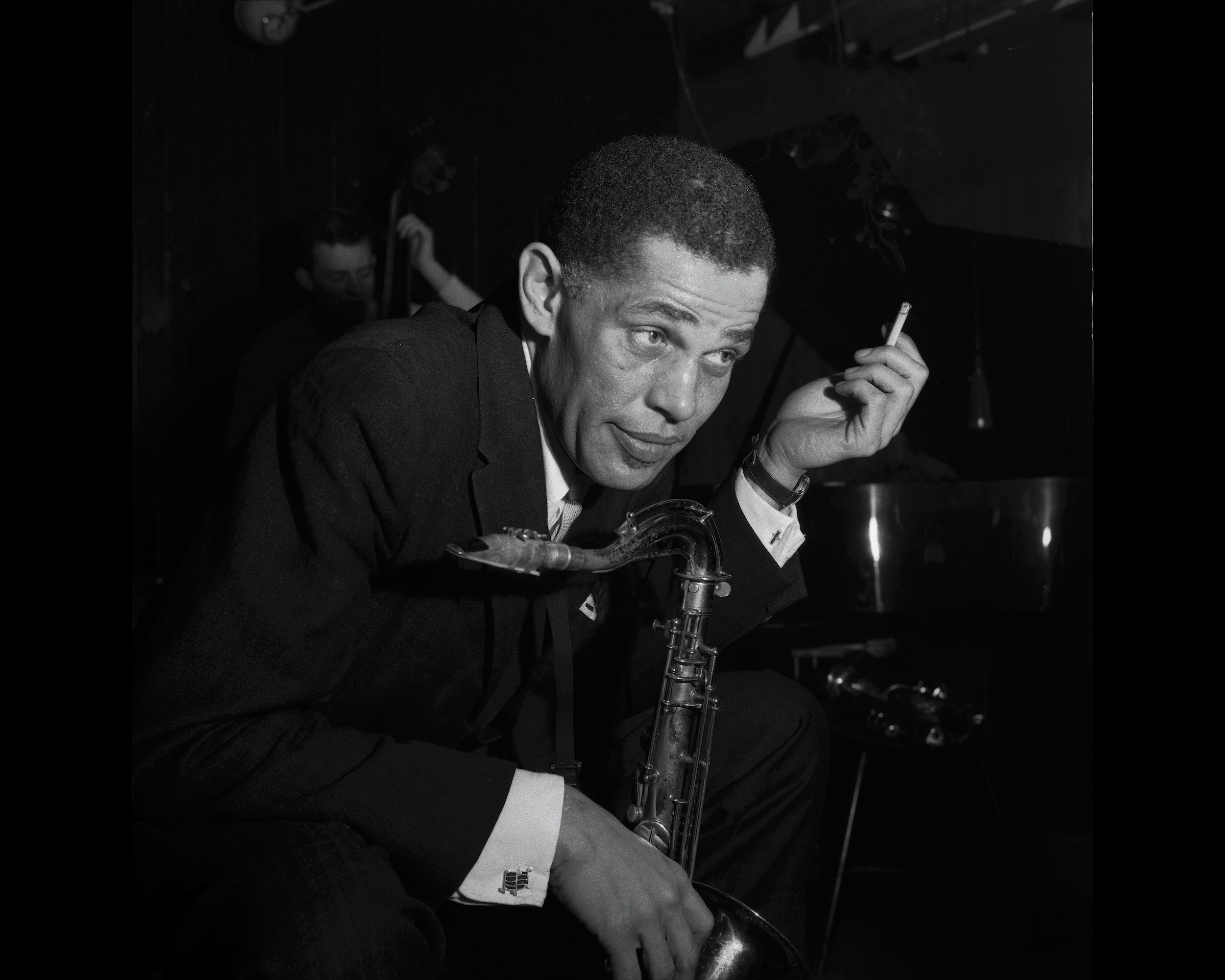MADISON, Wisconsin — An old suitcase with a small leather handle summons the presence of the person who once carried it across oceans and nations. Surrounding it in a display case are a pair of shoes, gloves, a hat, and a Bible, all owned by the Julliard-trained Black classical pianist Eugene Haynes. The suitcase symbolizes the flight of Black artists to European countries during the civil rights era and beyond. Although Paris was a well-known hotbed of artistic expats, Nordic Utopia? African Americans in the 20th Century at the Chazen Museum of Art zeroes in on a far less charted corner of Black history: the artists who ventured north.
Haynes spent summers and winters in Denmark from 1952 to 1962 while he performed across Europe. The sweet dignity of the natty suitcase and white gloves, and the assuredness of the Bible, contrast with the brutality of racial upheaval in the United States. Even the most accomplished Black artists found the Jim Crow conditions untenable — the US wasn’t only segregated, it was dangerous.
At this time, the Nordic countries of Sweden, Norway, Finland, and Denmark held the promise of racial equality, despite primarily White populations. And slowly, word spread. While many Black artists found solace in the Parisian avant-garde (Josephine Baker, James Baldwin, and Langston Hughes, among others), the Nordic regions, according to poet Gregory Pardlo, quoted in the exhibition catalog, were “hipper … for black intellectuals escaping the stifling air pollution of American racism.”
One could get lost in the details of this research-heavy presentation, but an overall theme emerges: the need to get away, not just from an inhospitable place, but from the weight of always being defined by race. Distance from US discriminatory politics gave these artists room to experiment, to make art that wasn’t about being Black or the entrenched problems of their homeland. After he ventured to Scandinavia, the artist William H. Johnson painted van Gogh-influenced portraits, expressionistic sunrises, street scenes, and boats in a harbor. He had married Danish textile artist Holcha Krake. When he returned to the US in 1938, his art underwent a major stylistic shift as he produced folk art-influenced paintings that centered on Black life in Harlem and portraits of Black global activists, for which he is best recognized. It is as if he returned with renewed energy to see and respond to diasporic life more clearly.

Harlem-born painter Herbert Gentry, who first spent five postwar years in Paris and then moved to Copenhagen and later Stockholm, chose cities with thriving jazz scenes as well as international art communities. Gentry often made abstract paintings on unstretched canvas that he could fold into suitcases for easy transport. Ronald Burns, who relocated to Denmark in 1965, pursued a Surrealist style of complex dreamlike compositions. Howard Smith, an artist and designer who arrived in Finland in 1962, worked across media with paper-cutting, laser-cut steel forms, porcelain sculpture, and collage. For Smith, America’s systemic racism necessitated his emigration: “I was at an impasse. There was nothing further to do, so I went,” he said in the catalog.
Being in Europe, most of the artists absorbed the prevalent modernist influences, seeing themselves as part of a broader and more open public consciousness, an environment particularly supportive of Black swing and jazz musicians. Primarily through photographs, the exhibition presents Josephine Baker in Copenhagen, singer Anne Wiggins Brown with her family in Norway, singer Babs Gonzales, and saxophonists Dexter Gordon and Coleman Hawkins — all of whom found in Nordic countries love, sexual freedom, or professional opportunities. A brilliant documentary, “Dancing Prophet” (1971), shows dancer/choreographer Doug Crutchfield back home in Cincinnati in earnest conversation with his Baptist minister father about why he needs to leave the USA to pursue his dancing career.

To its credit, the exhibition does not offer simple conclusions. Instead it provides multiple perspectives on issues of expatriation, including the fact that racism also existed overseas — thus the question mark in the title (Nordic Utopia?). Dexter Gordon expresses one attitude, quoted in wall text: “Since I’ve been over here, I felt that I could breathe, you know, and just be more or less a human being, without being white or black, green or yellow, whatever. Actually it’s very seldom that I’m conscious of color here in Europe.” Artist Howard Smith, who lived in Finland for 14 years, suggests a different condition: “I got lonesome there … I need the spiritual input, I guess, of being around Black people … This life that we all need is the fire that comes more abundantly from Blacks to me than from others.”
Beyond the suitcase that serves as a symbol for transatlantic movement, one painting straddles both shores and acts as another anchor for the show. Walter Williams first ventured to Denmark in 1955 on a fellowship. He previously earned recognition for his New York City urban scenes. The new landscapes of Denmark stirred him to paint sun-infused pastoral imagery. “Southern Landscape” (1977–78) portrays a young Black girl in the foreground, standing in a field of blooming sunflowers. A bouquet of flowers sprouts from her shoulders. Butterflies surround her. In the background, another Black girl appears to be picking cotton in a field with a shanty behind her. Williams connects the spheres of American slavery and Nordic freedom as if there truly is hope to shed the weight of oppression. At least for a little while.
This complex exhibition interweaves multiple tales of departures and arrivals. The beauty of art forms that commingle, soar, and flow across cultures and divides reminds us that the best environment is one untethered from assumptions.



Nordic Utopia? African Americans in the 20th Century continues at the Chazen Museum of Art (750 University Avenue, Madison, Wisconsin) through November 10. The exhibition was organized by the National Nordic Museum, Seattle, and curated by Ethelene Whitmire and Leslie Anne Anderson.

